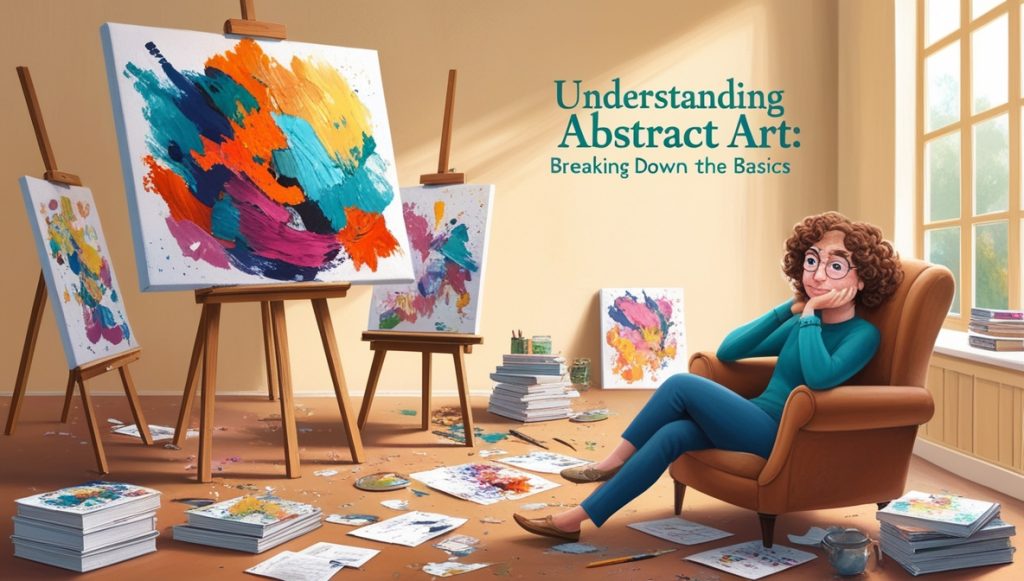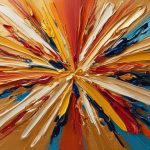Abstract art is one of the most intriguing yet misunderstood forms of artistic expression. Unlike traditional art, which seeks to represent the physical world realistically, abstract art removes recognizable forms, focusing instead on shapes, colors, lines, and textures. At its core, abstract art allows artists to express ideas, emotions, and concepts in non-representational ways, inviting viewers to engage with the artwork on a personal and interpretive level.
The Essence of Abstraction
Abstract art can range from partially recognizable subjects to complete non-representation. For example, Wassily Kandinsky, a pioneer of abstract art, believed that art should express inner emotions and the spiritual realm, moving away from direct depictions of the external world. Similarly, artists like Piet Mondrian used geometric shapes and primary colors to explore harmony and order, completely abandoning representational imagery.
Abstraction invites the viewer to move beyond the literal and engage with the visual language of the artwork. Colors might evoke certain moods, while the arrangement of shapes and lines might suggest movement or tension. Instead of telling a specific story, abstract art offers a space for viewers to bring their own experiences and interpretations into the viewing process.
Techniques and Styles
There are various forms of abstract art, each utilizing different techniques to convey meaning. Some artists, like Jackson Pollock, used drip painting techniques to create spontaneous, energetic compositions. Others, such as Mark Rothko, explored color fields, where large swathes of color are used to elicit emotional responses.
Many abstract artists also focus on texture, layering paint or materials to create depth and dimension. This emphasis on the materiality of the artwork—its physical form—often becomes part of the message.
Engaging with Abstract Art
To truly appreciate abstract art, it’s important to let go of the need for clear, recognizable subjects. Viewers should focus on how the piece makes them feel, what emotions the colors, shapes, or textures evoke, and how the work might reflect or challenge their perceptions.
Abstract art thrives on open interpretation, creating a bridge between the artist’s inner world and the viewer’s personal experience.



